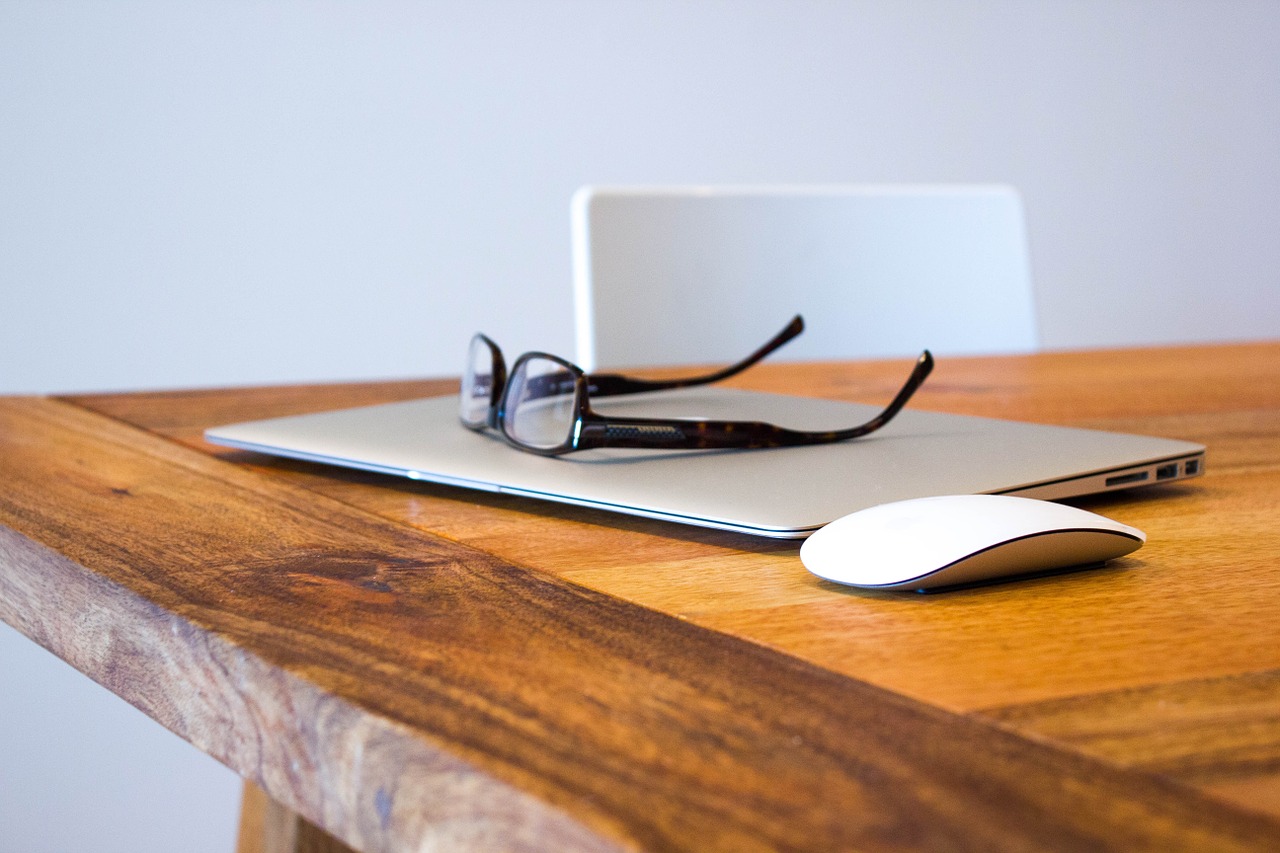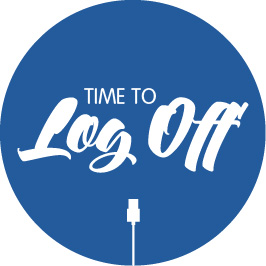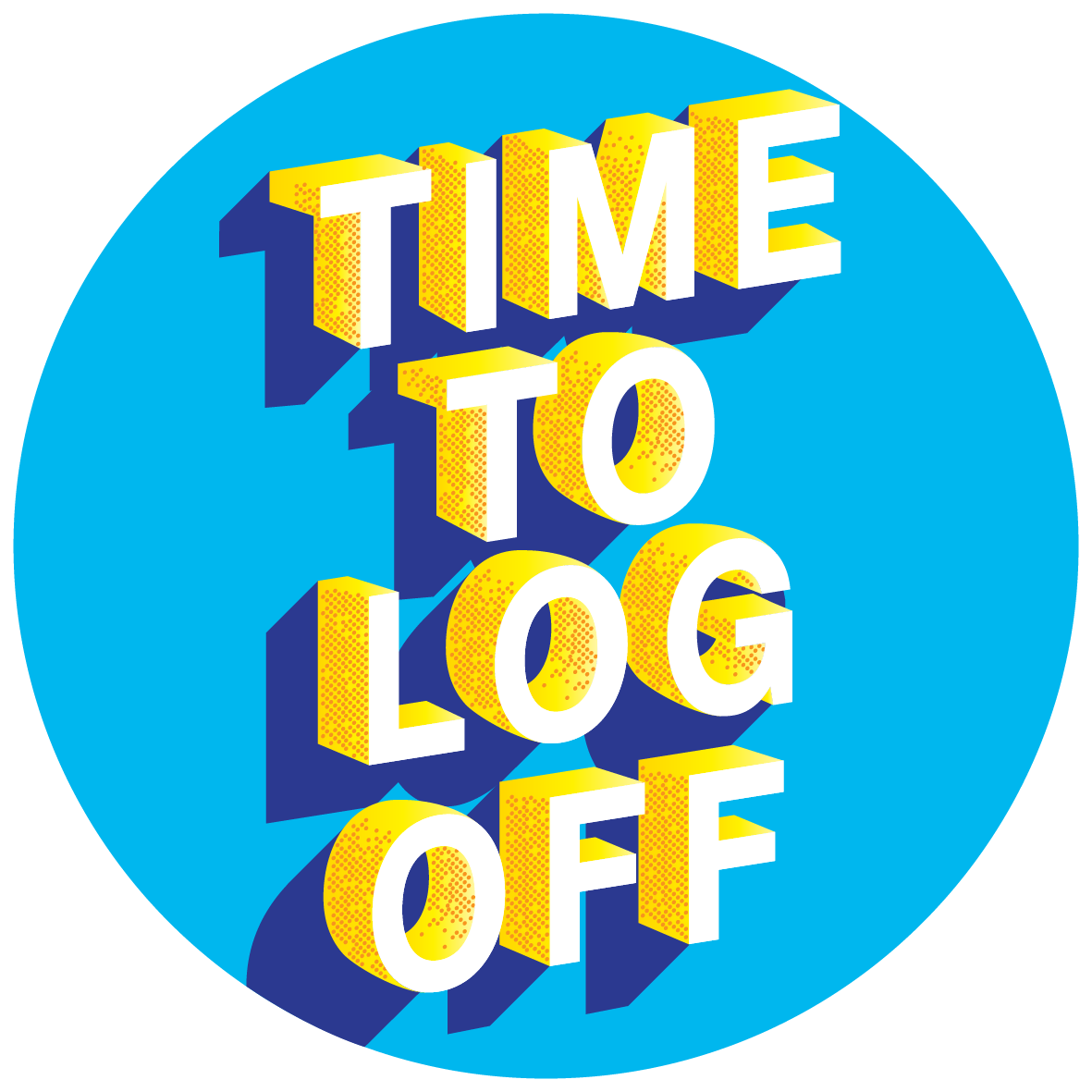
17 Feb Are you at risk from digital burnout?
Work burnout, caused by stress levels that affect job performance is recognised and understood. But what if there is a specific type of burnout related to our ‘always on’ ‘hyper-connected’ lifestyles that could be the underlying factor to our rising levels of stress?
Burnout and stress
Simply put, a burnout is a reaction to chronic stress. Working overtime, long hours and the stress that comes with the job is the obvious cause of a burnout. Dr. Sara Denning, Manhattan based clinical psychologist who specializes in dealing with stress and anxiety says;
Burnout happens when you’ve been experiencing chronic stress for so long that your body and your emotional system have begun to shut down and are operating in survival mode. You numb out because you can’t think. You can’t even make decisions anymore.
The results of a burnout can be extremely severe.
‘Digital burnout’
Being ‘always on’ and hyper-connected via our smartphones, laptops and tablets leaves us susceptible to burnout that is exacerbated by digital overuse – ‘digital burnout’ or being caught in a dopamine and adrenaline cycle where we are perpetually multitasking and being constantly available.

Dr Nerina Ramlakhan, a sleep therapist and a member of the technology addiction team at the Nightingale Hospital in London describes the over-use of technology and the effects it has on our health; “
The thing many of my patients have in common is the fact that they are in front of screens all the time. Even when they try to sleep at night. It has become so pervasive. They go to bed but can’t sleep, or fall asleep exhausted and wake up tired. People started telling me they couldn’t ‘switch their brains off’.
Tendency to digital burnout is much higher for Type A than Type B personality types according Dr Ramlakhan. Type As are highly competitive, perfectionist, ambitious, self driven and much more aggressive in comparison to Type B personalities, who are generally more laid back. And Dr Ramlakhan explains that Type A personalities are generally unable to switch off from external stimulation.
They are likely to find themselves unable to switch off, they can’t relax, if they do they crash into exhaustion. Even if they are watching TV they have multi screens. It’s a level of hyperactivity driven by a fear of not being in control.
The constant use of technology in a person with a Type A personality leaves them much more susceptible to burnout as they can access digital stimulation 24:7 which makes it impossible for them to completely wind down and relax.
A digital burnout survivor’s story
Dion Chang a South African based innovator and trend analyst, who runs trend analysis firm Flux Trends, shared his personal experience of digital burnout and illustrates how the lifestyle which he calls ‘always on, always connected’ is the cause of digital burnout because it has
Rewired our brains to be in permanent multitasking mode.
He goes on to say
We are now forced to live in two parallel universes. One is a physical realm in which we are less and less present, and the second is a virtual world where we spend most of our time.
Chang speaks on the impact of technology and digital burnout.
Recognising the symptoms
So how would you know if you are showing the symptoms of digital burnout? Sleep is one of the first indicators, according to technology addiction experts at the Nightingale Hospital. Persistent trouble sleeping, or falling into a sleep which is progressively less and less restful and waking up with no real feeling of having rested.
A decreasing focus and concentration span might be another early warning sign. Human attention spans are decreasing in general (in ten years, attention spans have shortened from 12 to 8 seconds) with many pointing at the rise of smartphone usage over exactly that period of time as being a contributory factor. What is the case is that incessant multi-tasking from screen to screen and back to the ‘real world’ can have a very negative impact on sustaining attention. Finding that you are less and less able to focus on any one thing can be a clear sign of digital burnout.
Noticing excessive screen-time might be another symptom. Ofcom reports that UK adults are now spending more time on screens than they are asleep (an average of eight hours and 41 minutes on screens compared to eight hours and 21 minutes sleeping). Remember that that statistic is an average so if you find that you are racking up in excess of those number of hours on a screen, or if you find being away from a screen for any period of time is the exception rather than the rule in your day, then you might be on the way to suffering digital burnout.
Businesses taking action against digital burnout
Businesses are waking up to the impact that hyper-connectivity to the digital world can have on employee stress and there are increasing examples of firms taking action. Companies in Germany such as Volkswagen and BMW are leading the way. Emails are turned off at the end of shifts at Volkswagen and BMW don’t allow staff to be contacted after working hours. In Australia, media agency Atomic 212 has cut out internal emails altogether. CEO Jason Dooris makes his feelings clear on coworkers emailing each other when they’re all in the same room;
In the office I don’t see it as a necessity, when the people you’re emailing are only a few [steps] away and you can chat with them. And when you’re not at work you shouldn’t be worried about checking your emails.
Any actions taken by businesses to help employees set clear work:life boundaries are a positive move in counteracting digital burnout.
Preventing digital burnout
So, how do you prevent digital burnout and reduce any symptoms you may be noticing in yourself already?
Logging off for one full day a week (preferably weekends, such as on our 5:2 digital diet) allows your brain space to rest. Carving our other spaces and places that are completely digital-free, is also recommended. Dr Ramlakhan at the Nightingale Hospital prescribes an particular strategy for preventing digital burnout; which is having ‘electronic sundowns’ an hour before bed and reading books in that time rather than e-books. A longer break by taking a digital detox retreat or holiday over a period of several days will also allow your brain to properly switch-off and recharge.
Practising mindfulness when you are with your phone or digital device – being in the present moment and being aware of your surroundings – is also an effective antidote to mindless screen-scrolling and habitually checking for emails and texts. Any action taken now to cut down on screen-time that has become a habit rather than a necessity will start to reap rewards in improved sleep, better work:life balance, reduced stress and ultimately lower the risk of digital burnout.






Sorry, the comment form is closed at this time.